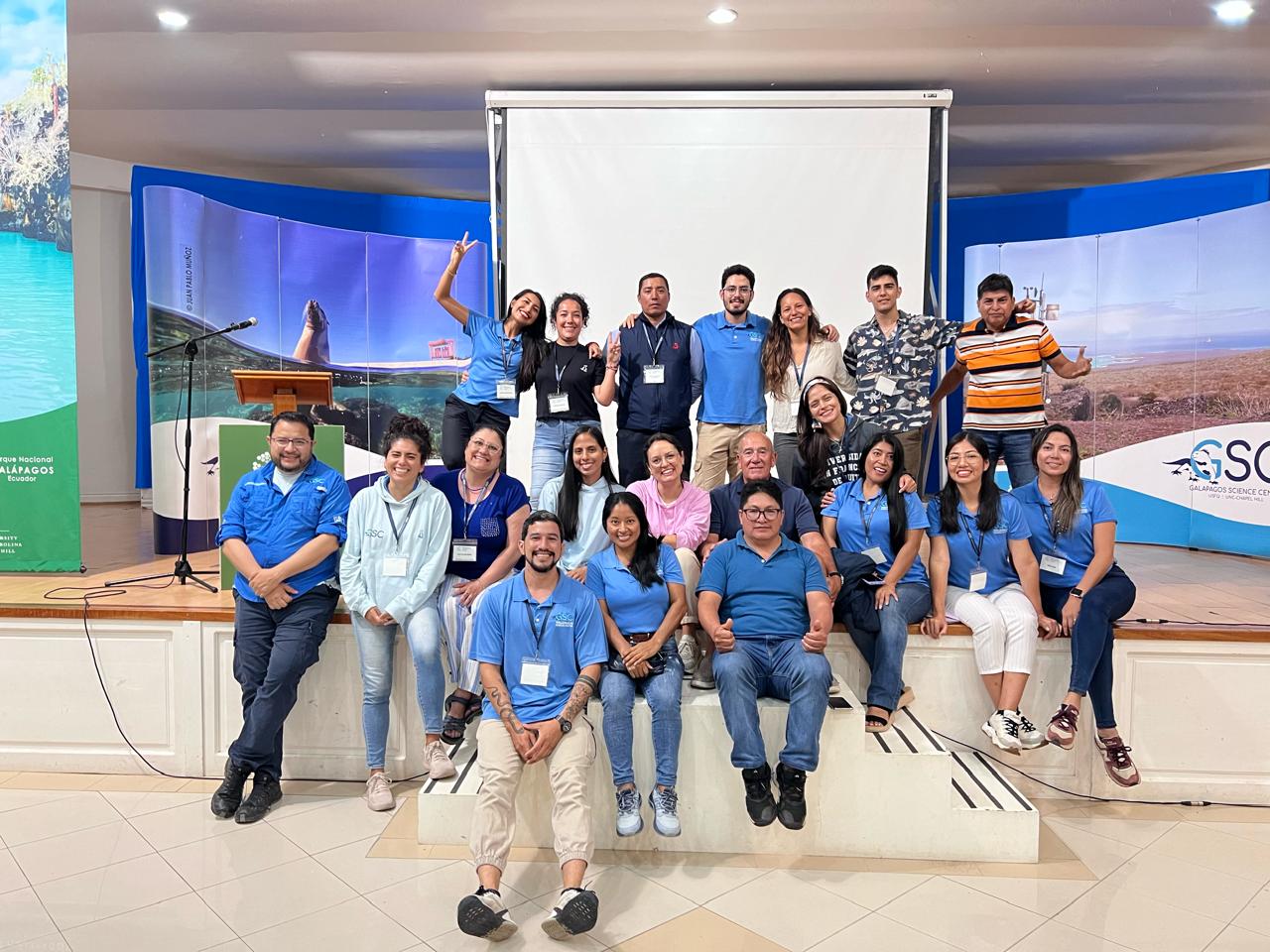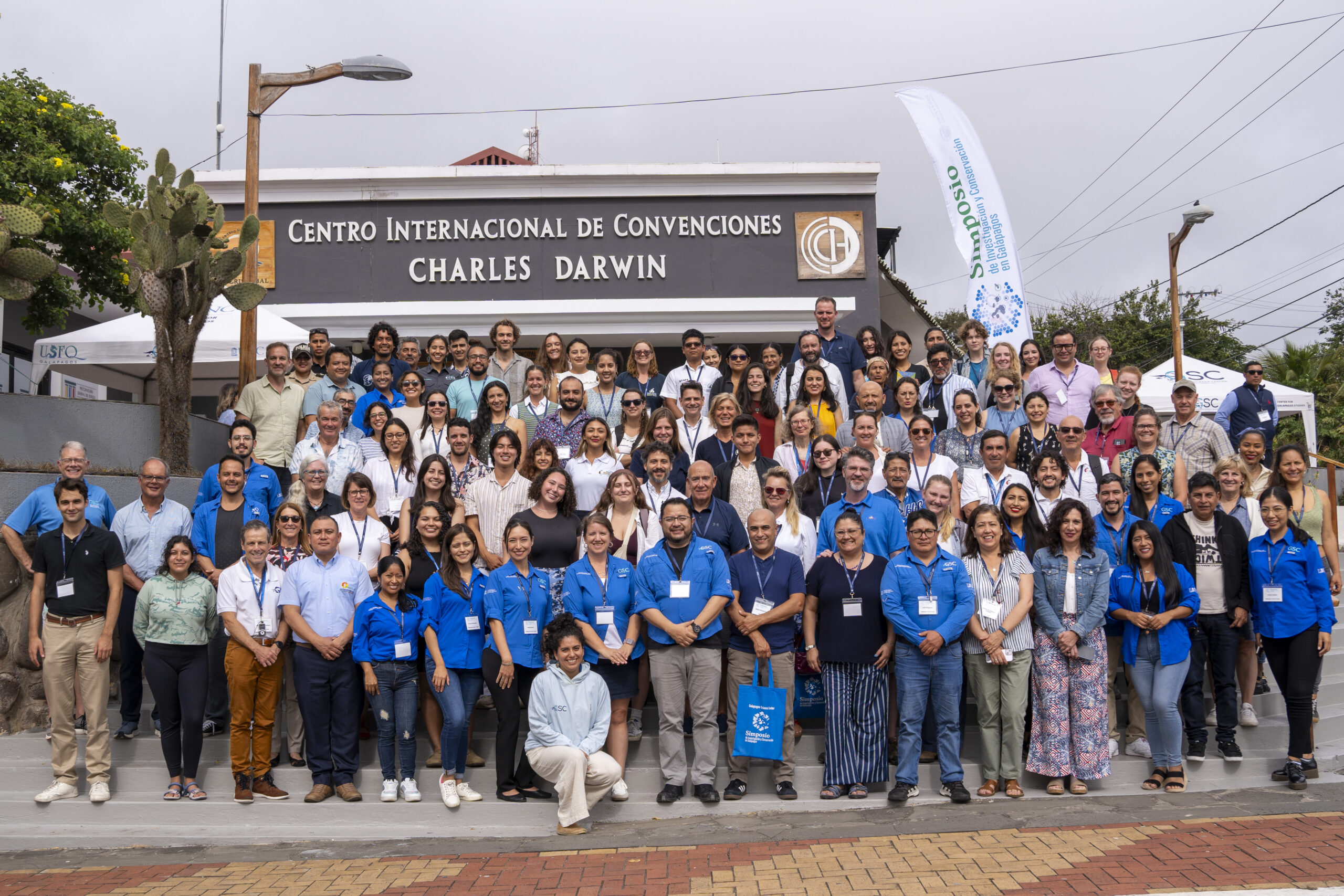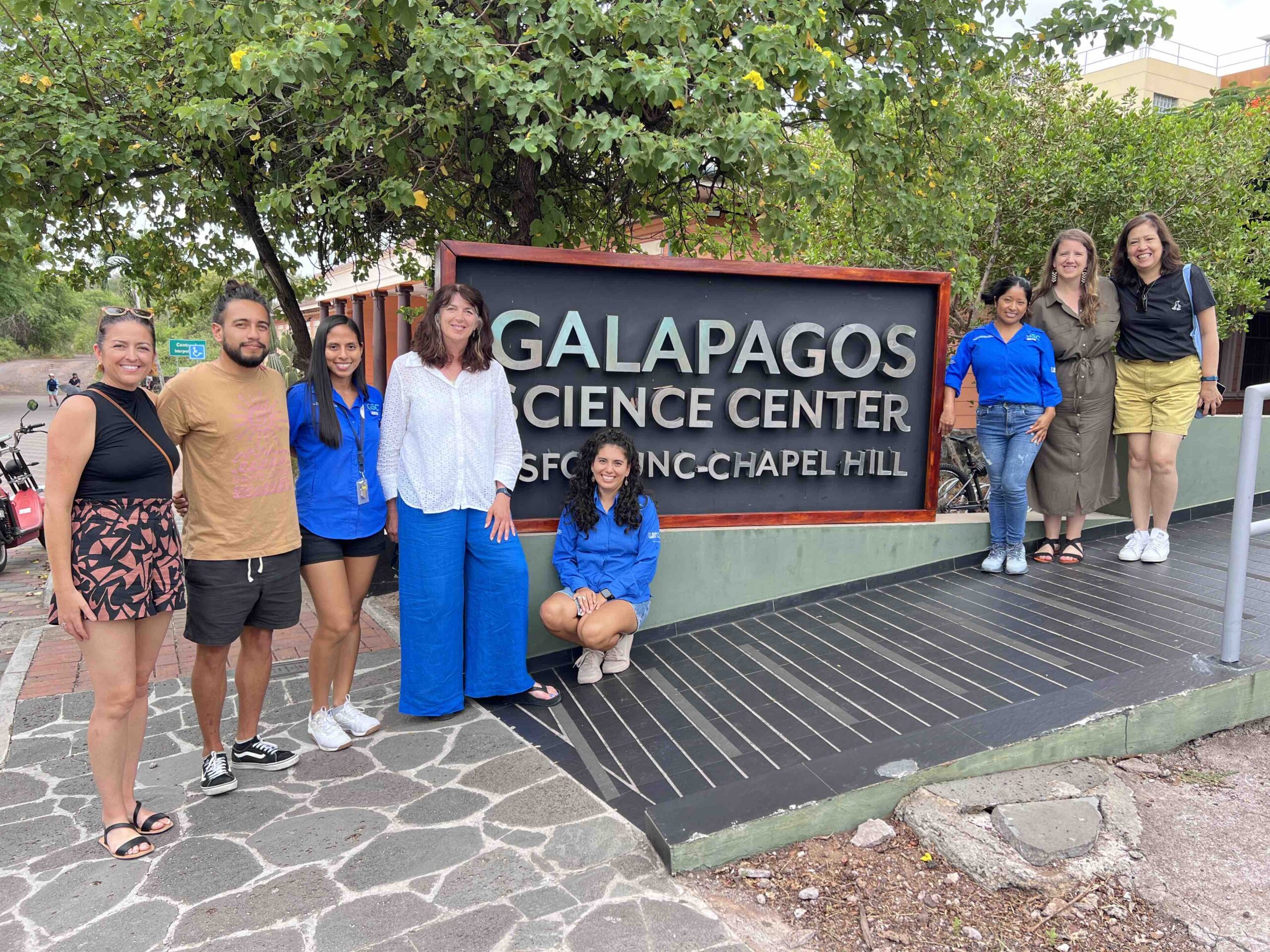By. Diana Ochoa
For the Galápagos Sea Lion (GSL) living with humans is an every-day adventure. On the inhabited islands, some sea lions share their natural habitat with human settlements. This is particularly enchanting in Puerto Baquerizo Moreno on the island of San Cristóbal where a large reproductive colony around 500 strong dive, swim and sunbathe with residents and visitors. They are famously known for not being aggressive and no evolutionary fear of humans has really ever developed. But, could this be changing?
The Galápagos Sea Lion, in spite of it’s many charms, it remains a wild and endangered species. They suffered a 50% population slump due to two particularly strong “El Niño“ events and population numbers across the archipelago have not recovered. As human settlements grow larger, the number of interactions also increases and with this we have to also take into account the negative ones. There are reported incidences of propeller and fishing related injuries as well as being exposed to domestic pet pathogens. Few misinformed tourists have before touched the young and unfortunately these once isolated incidents are increasing in occurrence. Despite them seemingly well accustomed to humans, the number of factors that could affect these population and species is constantly increasing.
Fortunately, the GSL receives a lot of attention not just from tourists but from researchers too. On San Cristóbal Island a number of studies on behaviour, diet, reproductive rate, endocrinology and immunology indicate that the GSL is very resilient to change. They can adapt their diet to environmental fluctuations and find new breeding sites if their old ones are no longer suitable. However, research as also found that the population on Puerto Baquerizo Moreno may be feeling the effects of stress compared to a populations that don’t live with humans.
All these, although it can sound negative, it has a silver lining. The more we know about the dynamics of this population the better policies can be established to protect and conserve the entire species. It is important to consider that tourism in key in the Galapagos economy and it’s wildlife is the most important selling point. As the GSL is very near the top of the trophic chain, protecting their populations will have wider umbrella effect to all other species lower down in the chain and even across taxa.
Incentives by the Association of Natural Guides of the Galápagos Islands have recently moved towards banning pyrotechnic displays in the Galápagos. Residents and visitors have long reported the distressing response of GSL to fireworks. It is a difficult sight to witness and we can expect it to affect other species too. Over the years this has been a controversial topic but this year, 2017, it has finally yielded some promising results. The local municipality has approved firework prohibition to be enforced by the authorities and to further ban the introduction of gun powder into the island.
As researchers we must support and encourage conservation efforts on behalf of the local people. This time it may be the GSL leading the fuss but this can only be good for all the Galápagos fragile species.
References
Brock, P.M., Hall, A.J., Goodman, S.J., Cruz, M. & Acevedo-Whitehouse, K. 2012. Applying the Tools of Ecological Immunology to Conservation: A test case in the Galapagos Sea Lion. Animal Conservation.
Denkinger, J., Gordillo, L., Montero-Serra, I., Murillo, J.C., Guevara, N., Hirschfield, M., Fietz, K., Rubianes, F. & Dan, M. 2015. Urban life of Galapagos Sea Lions (Zalophus wollebaeki) on San Cristobal Island, Ecuador: colony trends and threats. Journal of Sea Research.
DPNG – Dirección Nacional del Parque Nacional Galápagos. 2015. Censos Poblacionales de Zalophus wollebaeki. Oficina Técnica de San Cristóbal – Galapagos, Ecuador.
Fietz, K. 2012. General Behavioural Patterns and Human Impact on Behaviour of the Galápagos Sea Lion (Zalophus wollebaeki) on San Cristóbal, Galápagos. MSc. thesis Departament of Animal Ecology and Conservation at the University of Hamburg, Germany.
Ochoa, D. 2015. Identificación y Cuantificación de Metabolitos Fecales de Cortisol en Zalophus wolleabaeki en la isla San Cristóbal Galápagos. Tesis BSc. Universidad San Francisco de Quito-Ecuador.
Páez-Rosas, D. & Aurioles-Gamboa, D. 2010. Alimentary niche partitioning in the Galapagos sea lion, Zalophus wollebaeki. Marine Biology.
Trillmich, F. 2015. Zalophus wollebaeki. The IUCN Red List of Threatened Species.






